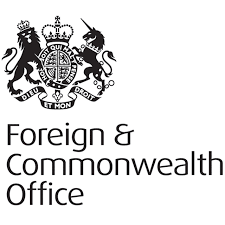PRESS RELEASE : Parents get the full facts about every secondary school [April 2012]
The press release issued by the Department for Education on 26 April 2012.
In recent years the main exam result information available has been the proportion achieving five A* to C GCSEs or equivalent, including English and maths.
This year a new measure has been introduced, showing the percentage of children in a school who achieve the English Baccalaureate.
And over 14 million “hidden” exam results have been opened up to the public so parents are able to rank schools by seeing:
- The number of children who enter each GCSE subject in a school.
- The number of children who get certain grades in each GCSE subject in a school (for example, the number of children who get A*-A in History GCSE).
- The number and proportion of students in each school achieving five A* to C grades including English and maths, with and without GCSE equivalencies.
- The number and proportion of students in schools taking each component of the English Baccalaureate – for each subject and the grades achieved in English, maths, science, languages and a humanity.
This new data means that parents will get a proper and detailed understanding of the performance of local schools. They will then be able to make the most appropriate choices for their children. The new information will drive schools to improve standards across the board, not just in certain league table measures.
Education Secretary Michael Gove said:
We live in an age when people expect more information, not less, in all areas of life. Our schools should be no different. For too long exam results in schools have been hidden.
Parents have been desperate for more information on schools but too little has been available in the past. By publishing all this data we are giving parents the ability to choose the right school for their child.
It will drive standards across the board and ensure that schools are accountable for their performance.
Today’s publication comes after school-by-school spending data for 2009-10 was also published alongside the January performance tables. This allows parents, researchers and the public to look at how much each individual institution spends per pupil on staffing, energy, catering and other costs.

